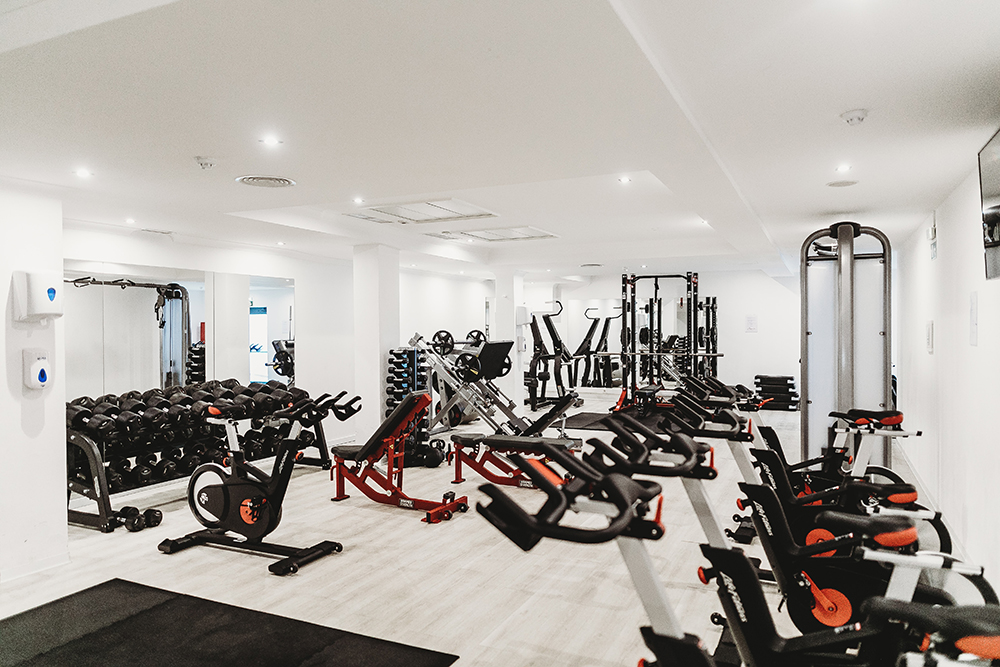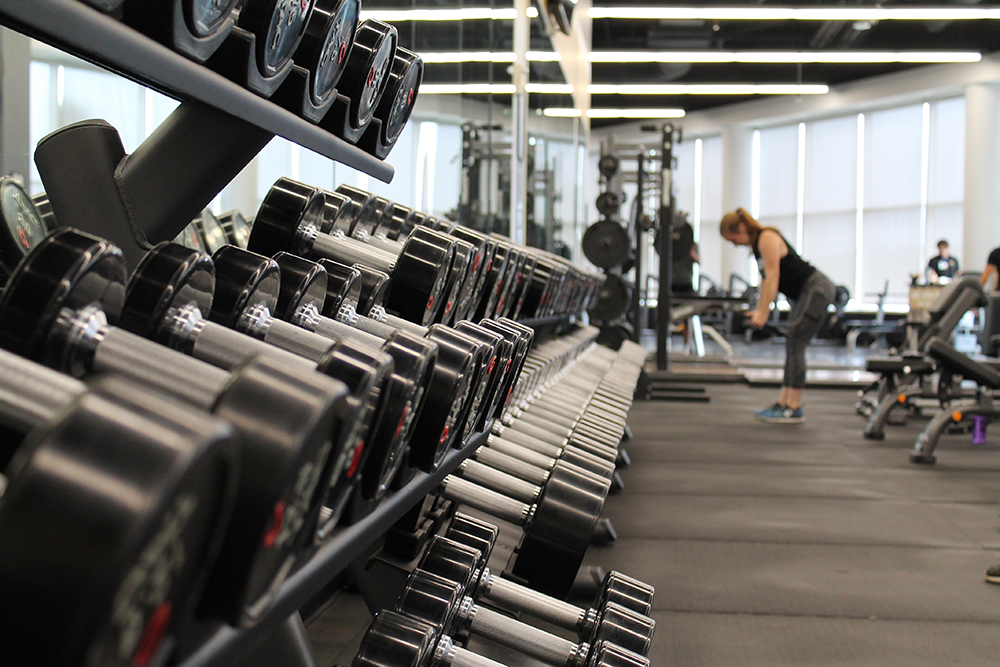When embarking on a fitness journey, selecting the appropriate disability aids can significantly enhance your gym experience and ensure a safe and effective workout routine.
With the right aids in place, you can overcome challenges, build strength, and achieve your fitness goals. In this guide, we'll delve into the process of choosing disability aids that align with your needs and help you make the most of your gym workouts. Additionally, consider installing a Gym Wipes Dispenser to maintain a clean and sanitary workout environment.
The first step in selecting the right disability aids is assessing your needs and goals. Consider the nature of your disability and how it might impact your mobility, stability, and comfort during exercise. Are you looking to improve strength, flexibility, or cardiovascular fitness? Understanding your specific requirements will guide you toward aids that cater to those needs.
Stability is paramount when using disability aids in the gym. Opt for aids that provide a solid base of support, whether it's for weightlifting, balance exercises, or cardio workouts. Items like weight benches with secure backrests, stability balls, or parallel bars can help maintain stability during different exercises.

While stability is important, it's equally crucial to maintain mobility. Look for disability aids that allow you to move freely and comfortably through your workout routine. Aids like crutches, mobility scooters, or braces should facilitate your movements rather than restrict them.
Discomfort can hinder your workout progress, so prioritise aids that offer ergonomic design and cushioning. If you're using a wheelchair, for instance, ensure that it provides proper back and seating support. When selecting gloves or grips, opt for options that reduce strain on your hands and wrists.
Resistance bands are versatile aids that cater to various fitness levels and abilities. They provide resistance without the need for heavy weights, making them suitable for strength training and rehabilitation. These bands come in different colours, indicating their resistance level, so you can choose the one that suits your current strength.
For individuals with reduced grip strength, grip gloves can be a game-changer. These gloves provide extra support and traction, making it easier to hold onto weights, bars, and equipment. They're particularly useful during weightlifting exercises to prevent slipping and promote safe lifting.
Balance supports such as stability balls, balance pads, and balance boards are excellent aids for improving core strength and stability. They can help individuals with mobility challenges develop better balance, coordination, and overall functional fitness.
When in doubt, seeking guidance from fitness professionals, physical therapists, or occupational therapists can be immensely valuable. These experts can assess your individual needs and recommend disability aids that align with your fitness goals and capabilities.
Selecting the right disability aids may involve a bit of trial and error. It's essential to test aids in a controlled environment before incorporating them into your regular gym routine. This approach allows you to determine whether a specific aid truly meets your needs and enhances your workout experience.
Before making any purchases, conduct thorough research on the disability aids you're considering. Read user reviews, watch videos, and seek recommendations from others with similar needs. Learning from the experiences of others can provide valuable insights into the effectiveness and durability of different aids.

If you plan to use your disability aids both at the gym and outside of it, consider their portability. Some aids, like resistance bands or portable balance boards, are easy to carry and can be used anywhere. This flexibility ensures that you can continue your fitness routine no matter where you are.
The durability of your chosen aids is essential, especially if you plan to use them frequently. Opt for high-quality products that can withstand the demands of regular gym use. Additionally, make sure to follow any maintenance guidelines provided by the manufacturer to prolong the lifespan of your aids.
Remember that choosing disability aids is a personalised process. What works best for someone else might not be ideal for you. Be open to experimenting and adapting based on your comfort and progress. As you become more familiar with your aids, you might discover creative ways to use them effectively in various exercises.
When incorporating new disability aids into your gym routine, start slowly and gradually increase the intensity of your workouts. This approach not only helps you get accustomed to the aids but also reduces the risk of overexertion or injury. Consult with a fitness professional if you're unsure about how to incorporate the aids safely.
Choosing the right disability aids is not just about enhancing your physical capabilities; it's also about boosting your confidence and sense of empowerment. When you find aids that align with your needs, you'll likely experience a renewed enthusiasm for your fitness journey, knowing that you have the tools to succeed.
In conclusion, selecting the right disability aids for your gym workouts requires careful consideration of your individual needs, goals, and preferences. Prioritise stability, mobility, and comfort as you explore options like resistance bands, grip gloves, and balance supports. Research, trial and error, and seeking professional advice can all contribute to finding aids that enhance your fitness experience.
Remember that your journey is unique, and there's no one-size-fits-all approach. The goal is to find aids that not only support your physical abilities but also foster a positive mindset and a sense of accomplishment. By investing time and effort into selecting the right disability aids, you're taking a significant step toward creating a fulfilling and effective gym routine that aligns with your capabilities and aspirations. So, embrace the process, stay patient, and enjoy the progress you make along the way.
Be the first to post comment!